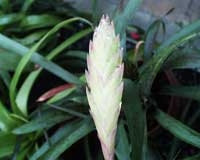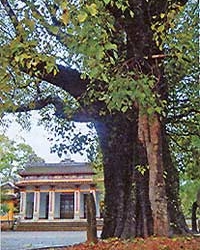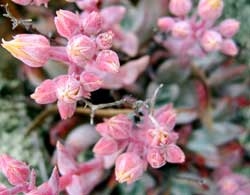Many people are impressed by the resilience of palm trees along the beach. After storms pass, many plant species are destroyed, but palms often survive. So what is the reason behind this?
Reasons Palm Trees Can Survive Hurricanes and Storms
If you’ve ever watched footage of hurricanes or storms making landfall, you’ve likely seen a familiar sight. Strong winds and high waves topple trees. However, while resilient trees like pines, oaks, or mahogany can be uprooted, most palm species (such as coconut and betel palms) display remarkable resilience, bending with the wind but remaining anchored in harsh weather conditions.
The secret to this enduring strength lies in the unique characteristics bestowed upon these palm species by Mother Nature, enabling them to withstand storm damage.
Palms Are Not Woody Plants
Palms belong to the group of monocotyledonous plants. The seeds of palm trees typically contain only one cotyledon, meaning they produce only one leaf upon germination. Palms belong to the Arecaceae family, a group of plants that appeared about 100 million years ago. This family includes around 181 genera and approximately 2,600 known species. Although palms are referred to as trees, they are monocots, which means they are more closely related to grasses, corn, and rice than to other tree species, according to Uriarte. Palm trees have a single trunk and triangular leaves called fronds that grow from the top.
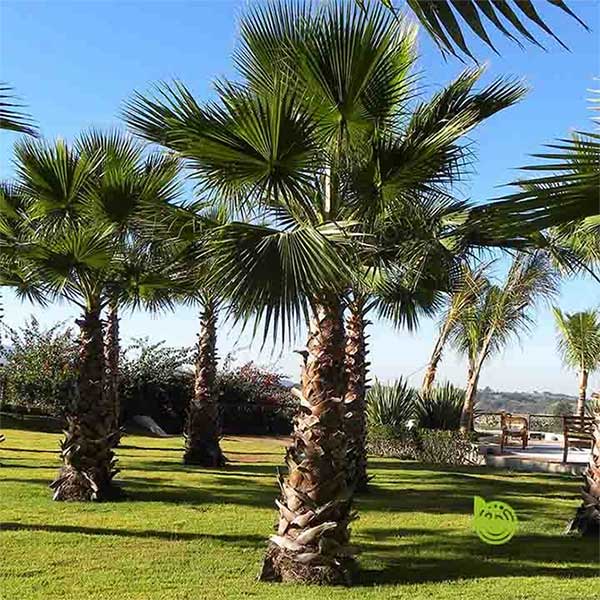
Palms are not woody plants like many other tree species.
Simply put, palms are not typical woody trees. They resemble grass and share more characteristics with grasses than with trees. This allows palms, despite their relatively large appearance, to remain flexible. Some palm species can bend 40 to 50 degrees before their trunks tear or break. This flexibility makes palms a top candidate for withstanding strong winds, even tropical storms.
“In storms, palm trees are very flexible, so they can move with the wind, and their fronds often drop, but they can regrow quickly right after the storm passes. This makes palm trees very resilient to storms,” explains Maria Uriarte, a forest ecologist at Columbia University.
Palms bend easily in the wind due to their trunks, which contain many fibers and are relatively moist. If cut open, a palm trunk resembles a bundle of fibers used for transporting water and nutrients. The trunk is also quite soft, further enhancing its flexibility. This pliability helps palms adapt well to windy storm-prone areas.
Palms Have Few Branches
Have you ever noticed that palm trees typically have very few branches? In fact, some palm species do have branches, but far fewer than any other tree species found in coastal areas.
Even when palm trees do have branches, most of them drop off as the tree matures. By the time they reach maturity, palms usually only retain the branches at the top.
The lack of branches means that palm trees do not have to bear excessive weight on their trunks. Additionally, this reduces the “load” when they encounter strong winds. Fewer branches also help ensure that the tree does not sway violently when a storm hits.
Palm Leaves
While some other tree species have dense networks of branches and leaves to maximize sunlight absorption during photosynthesis, palms have relatively few leaves but they are quite large. Notably, palm leaves can fold from the middle, reducing surface area and significantly decreasing the plant’s air resistance during strong winds.
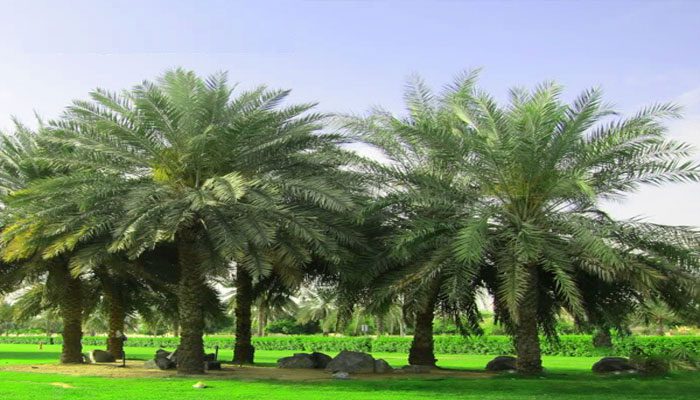
Palm roots are typically short, spreading out in the topsoil.
Unique Root System
Oaks and many other large tree species usually have very strong root systems that extend several meters underground. However, palms have a distinctly different root system. Palm roots are typically short and spread out in the top layer of soil, allowing the tree to anchor itself firmly in a relatively large area.
Palms are very hard to uproot. This is because they have a unique root system composed of a large number of short roots that spread widely across the surface soil, helping to stabilize the tree in place.
If a tree’s root system has many roots growing horizontally underground, when strong winds act on it, the force will transmit down to the roots and spread in multiple directions. This effectively prevents the tree from being uprooted. It can be said that the unique root system is the reason palms can withstand hurricanes and severe storms.
- Why Are Tombs Often Shaped Like Triangles? You Won’t Believe How Smart Our Ancestors Were!
- The Secret of Vietnam’s Unique 3,000-Year-Old Animal Statue: Discovered in a Frightening Place, a National Treasure!
- The Unique 1,000-Year-Old Tree Species in Vietnam: Only 60 Stumps Left, Worth 680 Million VND/kg!








































